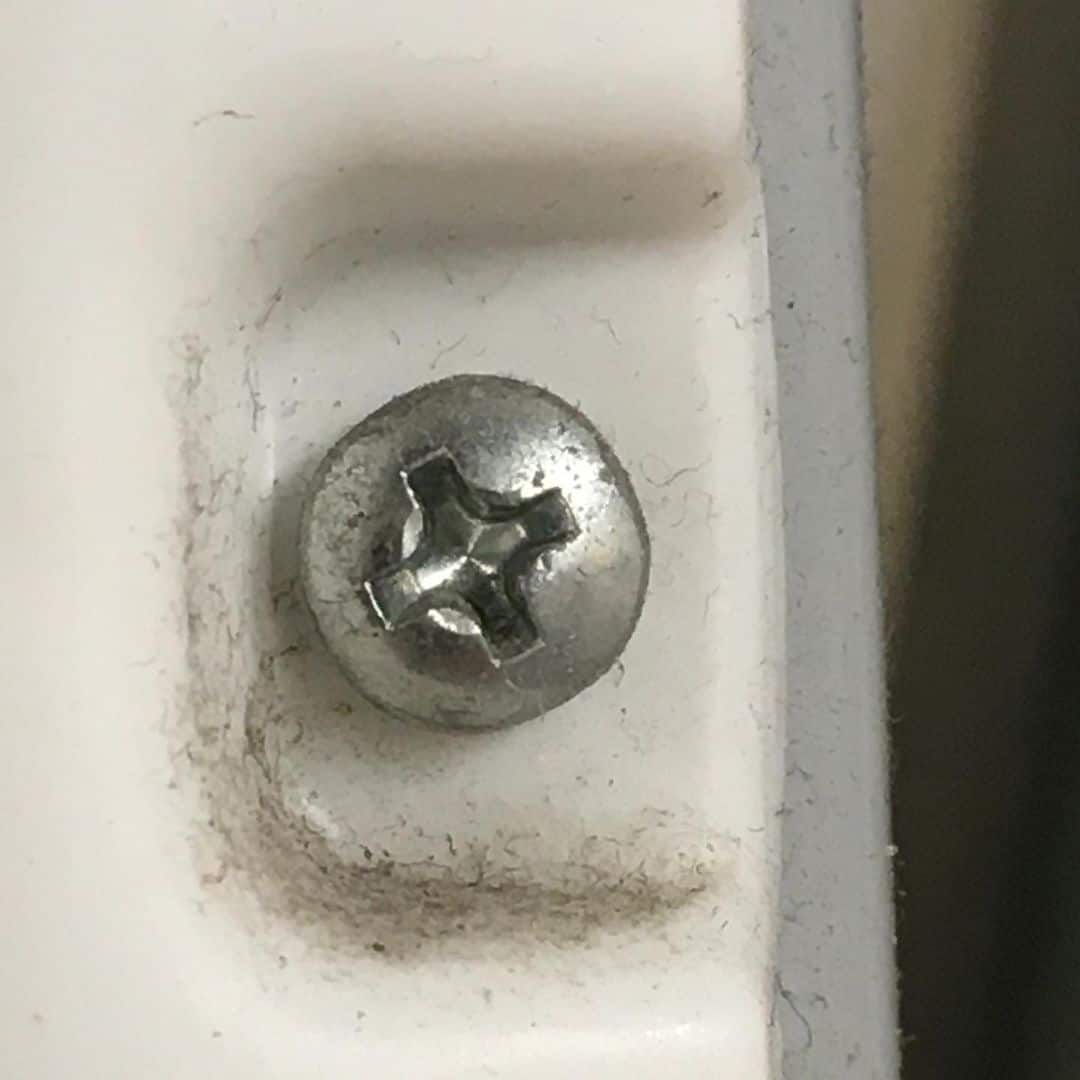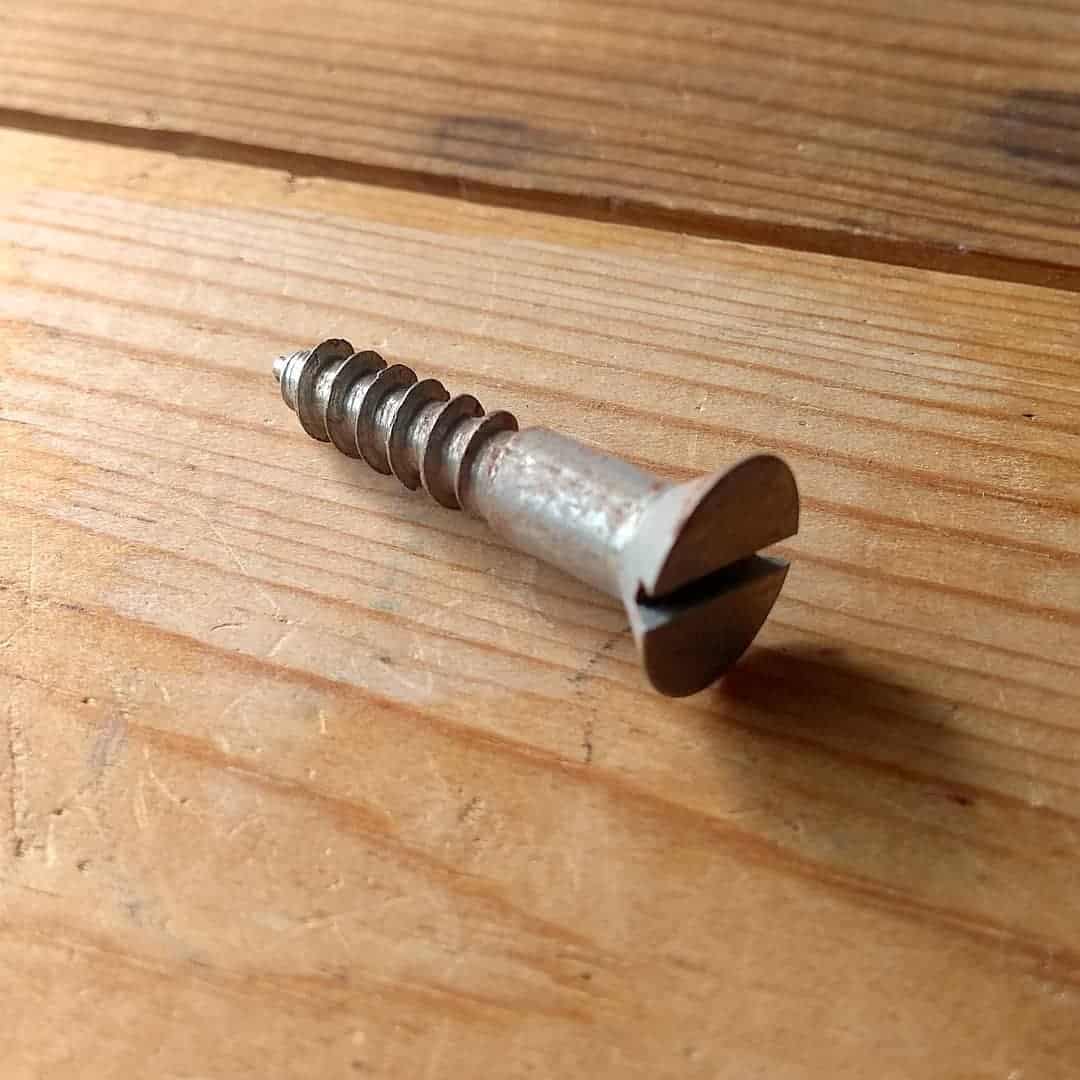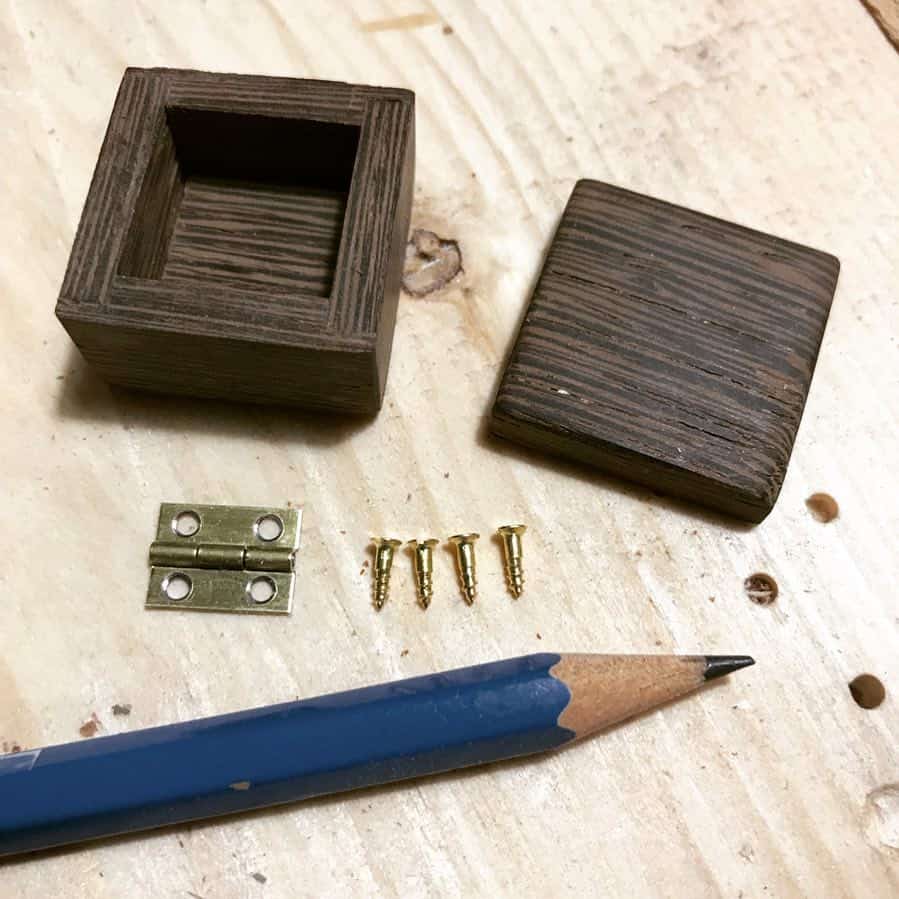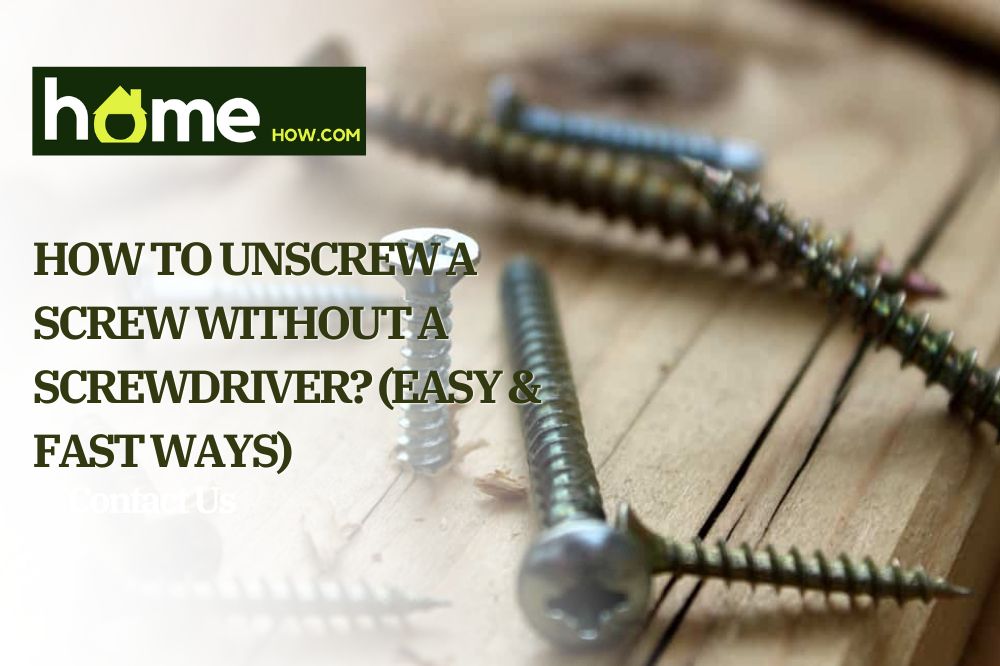While the best way to unscrew a screw is using a screwdriver, there are times when you want to remove a screw urgently but don’t have the right size, type, or even a screwdriver available nearby.
In situations like these, you can try several methods and tricks to unscrew them. We’ve put together a list of methods you can use to unscrew different types of screws without much effort.
How to Unscrew a Screw Without a Screwdriver?
1. Unscrewing a Phillips Head Screw
These screws have two grooves, making a cross where the screwdriver’s head typically lodges. While the length of the grooves is identical on each side, some Phillips head screws have a longer groove. This longer groove can be used to unscrew using several improvised tools.
When using the methods listed below, please remember that the use of excessive force or the wrong tools can strip the grooves, making it more difficult to unscrew. Here are some ways you can unscrew a Phillips head screw.
- Knife
A kitchen knife or butter knife can work in this technique. It would be best if you securely lodged the pointy end of the table knife into the longer groove and slowly started rotating in a counter-clockwise direction.
You might need to apply a strong force but be careful not to apply too much pressure as the knife’s blade can slip or break if the screw is stuck.
- Pliers
This method is only effective for a screw that’s head is raised above the surface. You first need a pair of pliers that are the right size for the Phillips head screw. Then place the pliers onto the head of the screw, making sure that the pliers’ jaws have a tight grip on the screw head.
Turn the locking pliers counterclockwise to unscrew the screw. Vice grips can also be used if you don’t have pliers nearby.
- A Coin
Take a small coin and insert the round edge of the coin into one of the grooves. Once the coin is lodged in the groove, rotate it anti-clockwise to unscrew it. This method is particularly useful for large screws than small-sized screws.
- Nails or Other Pointed Objects
Find a nail or other pointed object that fits into the head of the screw. Now, place the pointed end of the nail into the screw head and apply gentle pressure to ensure the nail fits securely. Using a plier or your hands, turn the nail counterclockwise to unscrew.
- An Old CD

Similar to the coin method, place the curved edge of the CD into the groove and turn counterclockwise. During unscrewing, there are chances that the CD might break. Therefore, always practice the necessary precautions and use an already damaged disc to avoid losing data.
The compact disc can unscrew some screws, but this method can fail when the screw is tightly secured.
- A Rubber Band
Find a rubber band that is the right size for the screw head. The rubber band should not be too long and can be placed securely around the head of the screw.
After placing the rubber band, use one hand to hold the screw head while using the other hand to pull one side of the rubberband in a counterclockwise position. This method is most effective for loose screws with their screw heads above the surface.
- A Hacksaw
Using your hacksaw, make a groove within the screw head. While making the groove, ensure you are not cutting in too deep and affecting the surroundings.
Once the groove is made, rotate the hacksaw slowly in an anti-clockwise direction and keep rotating until the screw comes out. However, if the screw is stuck, it can damage or break the hacksaw. This method is effective for screws that are easy to unscrew.
- A Drill
Most single-handed drills can be used to unscrew screws that are stuck and cannot be removed using the methods shared above. Choosing an adequate-sized drill bit is crucial for this method. Pick a drill bit that securely fits in the screw head grooves.
Ensure the drill rotates in a counterclockwise rotation, loosening the screw head. The drill can also be used to make a small hole if you have a stripped screw and unscrew it using pliers or a pointy object that fits well in the screw head hole.
- A Plastic Toothbrush
Take an old toothbrush and melt its handle head using a lighter or any portable heat source. Heat the toothbrush slowly until the plastic softens. Now insert the soft plastic end into the head of the screw, wait until the plastic hardens, and twist the toothbrush to unscrew.
Please note that this method will be effective for screws that are not too tight and are easy to turn. Furthermore, be careful when melting the plastic as it can get too hot and start dripping away, making the surrounding surface a mess.
The melting plastic can also drop on your hand, so be careful when handling the toothbrush – use safety gloves to prevent any injury.
2. Unscrewing a Flat Head Screw

A flat-head screw is a common type that has one long groove or a single slot on the screw head. Typically, a flathead screwdriver works best for this. However, if you don’t have a flathead screwdriver available, use the same methods we used to unscrew the Phillips head screw.
3. Unscrewing a Torx Screw
These screws have a different screw head, resembling a star-shaped pattern. Removing these screws without adequate tools is challenging, but it can be done using the below-mentioned tricks.
Before reading the adequate, please understand that torx screw heads are prone to damage and can deform or lose their functionality if inadequate tools are used. Similarly, your methods will vary if you have a pin or a security torx screw.
- Using a Nail
You will need to prepare your own tool using a nail. To do this, pick a nail and hit the pointy edge of the nail with a hammer until the pointy edge turns flat. Then insert the flat edge into the torx screw head, secure it, and use pliers to twist the nail, loosening the screw. Now remove the nail and use pliers to unscrew the retaining screw.
In the case of a security torx screw, avoid the pin in the middle while securing the nail into the torx screw head. While conventional torx screws rotate in a counter-clockwise direction, security torx screws need to be rotated in a clockwise direction. You can also remove the pin by using a chisel and a hammer.
- Toothbrush
The toothbrush method we shared for the Phillips head screw can also be implemented here for screw removal.
4. Unscrewing Small Screws

It’s nearly impossible to remove tiny screws without a good screwdriver set. These screws are typically found in electronic devices. The recommended method is to use an eyeglass repair kit. However, if you still want to unscrew these tiny screws, here’s what you can do.
- Using a Knife Tip
Select a knife with a pointy edge, insert the knife edge into the screw head, and rotate anticlockwise. You might need to insert the knife tip at an angle that ensures the tip stays within the screw head grooves.
- Using a Nail File
Secure the tip of the nail file into the screw and rotate in a counter-clockwise direction to unscrew. When unscrewing, avoid damaging the device’s head or body.
- Using Scissors
Pointy scissors can also be used if the pointy end of the scissors can fit into the screw head groove. Insert the pointy end and slowly apply anti-clockwise pressure to loosen and unscrew the screw. Using blunt scissors might not work for these screws. Likewise, the flat end of tweezers can be used to unscrew if it fits into the screw head.
Please note that the methods we shared work for certain screw types and sizes. These tricks cannot be used on every screw. It’s also imperative that you exercise these methods with extreme caution, and that includes wearing any appropriate safety gear.
Safety Measures
Safety precautions are necessary to prevent injury and damage to the screw or the attached item. Here are a few safety tips to keep in mind:
- Wear protective gloves to protect your hands from cuts, scrapes, and other injuries while you work with these improvised tools and pointed objects.
- The tools you use should be the correct size and shape for the screw head. Using the wrong tools can cause damage to the screw or the item it is attached to.
- Do not apply excessive force when attempting to unscrew a screw, as this can cause damage to the screw and make the screw stuck.
- Ensure you have a clear and safe workspace, free of any obstructions, before you start working on unscrewing a screw.
Following these safety precautions can help prevent injury and damage while unscrewing a screw without a screwdriver.
Final Thoughts
Using the methods we shared, you can unscrew several types of screws. Please remember that these methods should only be used in an emergency, and extreme precautions should be practiced to protect you from injury.
Refer to this guide before getting started.
